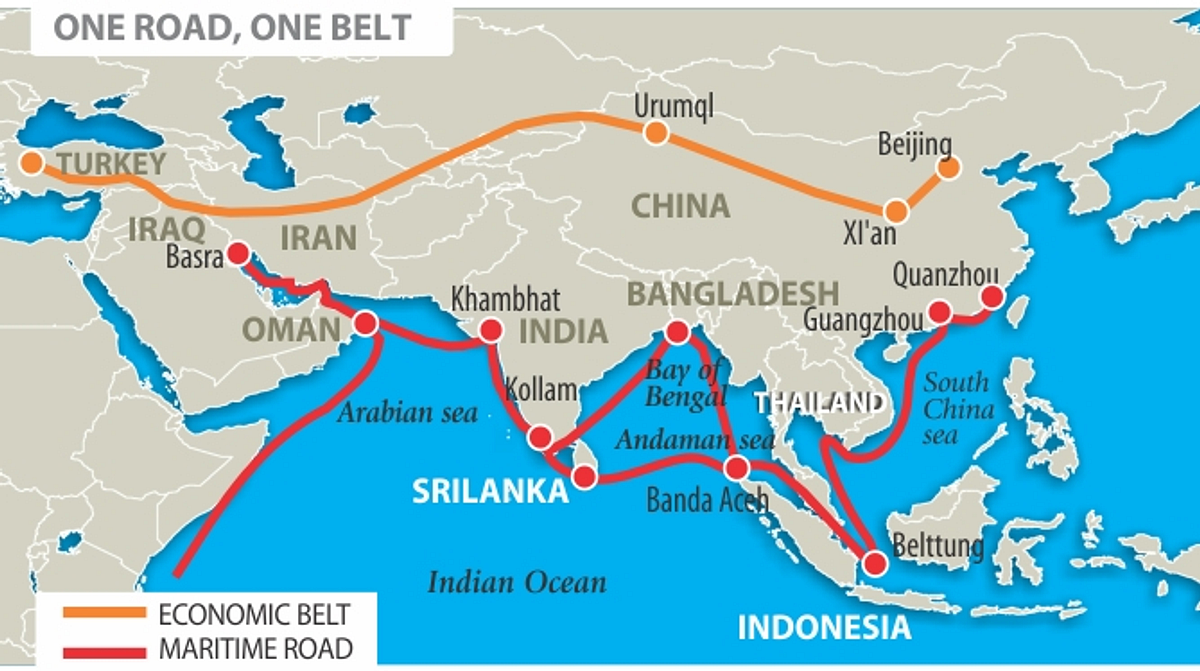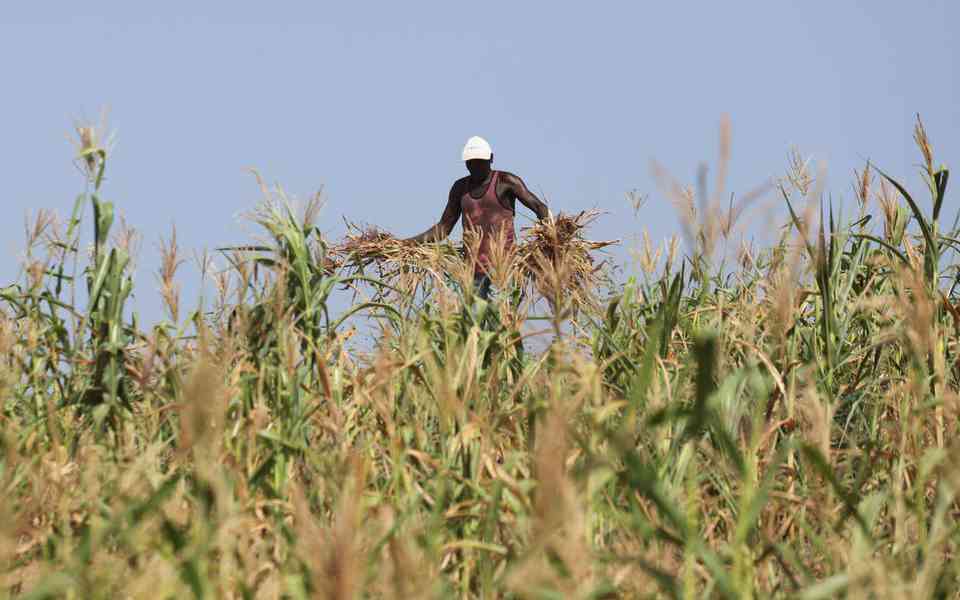
On March 28, 2025, a powerful 7.7-magnitude earthquake struck Myanmar, with tremors felt up to 1,000 kilometers away in Bangkok, Thailand. Amid the chaos, a 30-story building under construction—the new headquarters of Thailand's Audit Office—collapsed instantly, killing at least 12 people and leaving dozens missing. The devastating scene shocked onlookers, with some initially mistaking Bangkok for the quake’s epicentre.
The building’s contractor was China Railway No. 10 Engineering Group, a Chinese state-owned enterprise. This project was one of China’s flagship Belt and Road Initiative (BRI) developments in Thailand. Notably, it was the **only** building in Bangkok to collapse entirely, raising serious concerns about construction quality and prompting suspicions of "Tofu-dreg" workmanship—a term in China for poorly built infrastructure.
This is far from an isolated incident.
In Kenya, the Sigiri Bridge in the western region of Busia County collapsed on June 26, 2017—**before** it was even completed. Built by China Overseas Construction and Engineering Company (COVEC) at a cost of around 8.7 billion yuan (approx. \$1.2 billion), the 50-meter central span of the three-span bridge suddenly gave way, injuring at least 27 workers, two critically.
The bridge had political significance for then-President Uhuru Kenyatta, who was seeking re-election and touting Chinese-funded infrastructure as a campaign success. Its collapse, just a month before the scheduled opening, was a political embarrassment. An investigation by the Kenya Rural Roads Authority (KARA) pointed to construction mismanagement, including improper concrete pouring, structural imbalance, and unauthorized night work. COVEC denied responsibility, blaming possible geological factors. Ultimately, no one was held accountable, and the bridge reopened in August 2018.
In Indonesia, tragedy struck on December 18, 2022, during trial operations of the Jakarta-Bandung high-speed railway. A derailment killed two Chinese workers and injured four others. The railway—managed by the joint venture PT Kereta Cepat Indonesia China (KCIC)—was built with Chinese technology and promoted as Southeast Asia’s first high-speed rail line.
Radio Free Asia cited an Indonesian academic who said the train had been “traveling too fast over unfinished tracks and was unable to brake in time.” The incident sparked national outrage. Critics questioned the quality and safety of Chinese rail systems, and some demanded a reconsideration of Japan’s bid, which had originally lost to China’s.
A member of Indonesia’s parliamentary transportation commission stated that the derailment exposed the project’s failure to meet safety standards. The accident occurred just one month after President Xi Jinping joined Indonesian leaders for a ceremonial trial run during the G20 summit—raising doubts about China’s own confidence in the project.
- Chinese investment projects spark ecological concerns in Africa.
- As global recession looms, China unlikely to rescue economy again: Report
- Chinese loans to Africa plummet to near two-decade low - study
- China’s grip on Africa's minerals sparks a US response
Keep Reading
In Ecuador, the Coca Codo Sinclair Hydroelectric Plant, built by Sinohydro and completed in 2016, is now at risk of collapse. In 2025, **Bloomberg** reported that local media had raised alarms, warning the facility could fail by 2026. The plant—located in a geologically unstable valley—has been jeopardized by the collapse of a nearby waterfall, accelerating erosion and threatening structural integrity.
The stakes are high: the plant supplies nearly one-third of Ecuador’s electricity. Shortly after commissioning, the project suffered thousands of cracks, design flaws, and repeated equipment failures. Former Energy Minister and ex-OPEC Secretary General René Ortiz blamed “poor-quality equipment and components provided by the Chinese contractor.” Ecuador filed a \$1.1 billion arbitration case against Sinohydro in 2021. It remains unresolved.
Uganda’s Karuma Hydropower Station, also built by Sinohydro, began construction in 2012 but faced repeated delays due to wall cracks and other defects. Though completed in September 2024, Uganda was obligated to begin loan repayments to the Export-Import Bank of China in 2023—even while the plant remained unfinished. China funded 85% of the \$1.44 billion project.
In Pakistan, the Neelum–Jhelum Hydropower Project, completed in 2018 by China Gezhouba Group, was shut down in April 2022 due to a leaking pressure tunnel. The failure caused widespread power outages and forced the government to spend hundreds of millions on repairs and alternate energy sources. The **Wall Street Journal** reported geological instability and structural flaws as the root causes.
Despite Chinese state media touting its enterprises as global leaders in technology and engineering, claiming BRI projects are "century-long undertakings for the benefit of humanity," the reality tells a different story. Many projects have proven to be poorly built, riddled with design flaws, and dangerous. Worse still, they often saddle host nations with unsustainable debt—leaving them vulnerable to long-term economic dependency and the loss of strategic resources.







